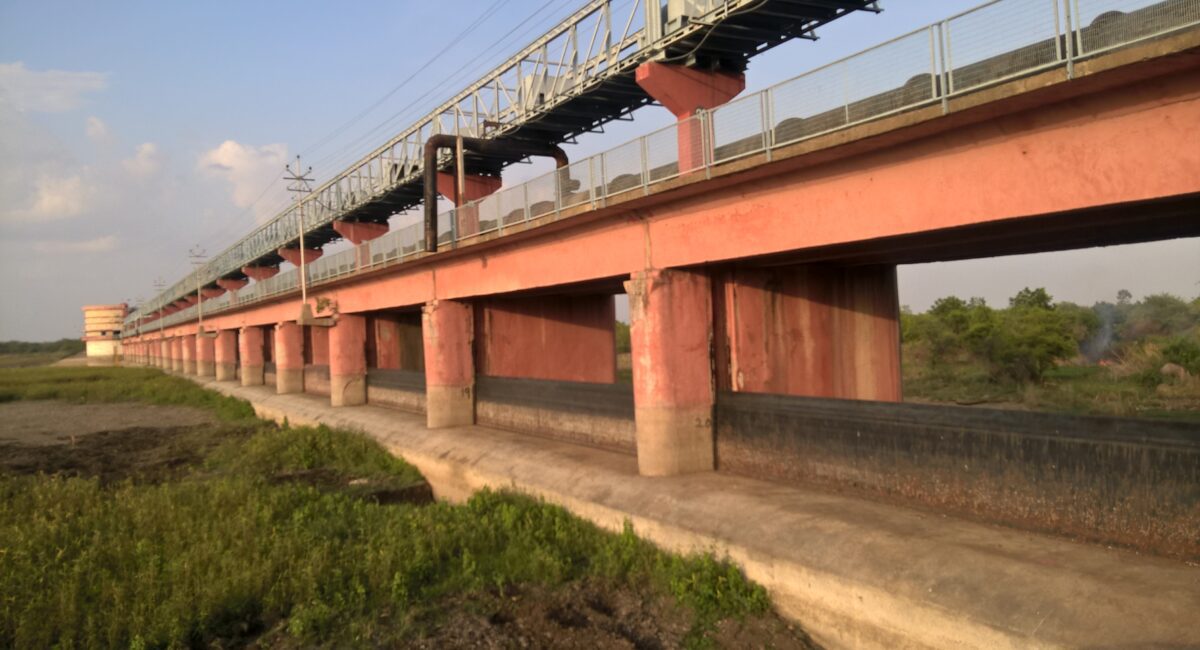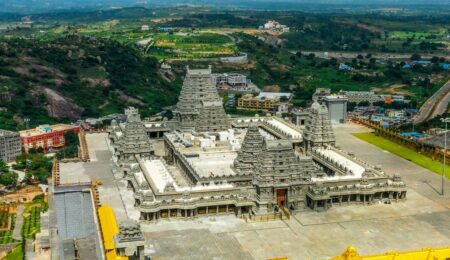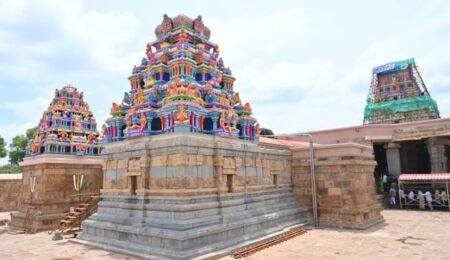Manjira River – Origin, Course, Importance & Complete Information
The Manjira River (also spelled Manjeera River) is one of the most significant tributaries of the Godavari River. Flowing through the states of Maharashtra, Karnataka, and Telangana, this river plays a vital role in irrigation, drinking water supply, and ecological balance in southern India.
Manjira River Origin
The Manjira River originates in the Balaghat Range near the village of Kaldari in Beed district, Maharashtra. It rises at an elevation of about 823 meters above sea level. The river begins as a small stream flowing through the dry, rocky terrain of Marathwada before gaining volume from tributaries as it moves southeastward.
Manjira River Course and Route
The Manjira River route covers approximately 724 kilometers before merging into the Godavari River near Basara in Nirmal district, Telangana.
Here’s the general route the river follows:
- Maharashtra: Flows through Beed, Osmanabad, and Latur districts.
- Karnataka: Passes through Bidar district.
- Telangana: Flows across Sangareddy, Medak, and Nizamabad districts.
Along its journey, the river nourishes fertile agricultural lands and supports thousands of villages and towns.
Manjira River Length and Tributaries
- Total Length: Approximately 724 km
- Drainage Basin Area: Around 30,844 sq. km
- Major Tributaries:
- Terna River
- Karanja River
- Haldi River
- Lendi River
- Tirna River
Each of these tributaries contributes to the river’s volume, making the Manjira a lifeline for the surrounding ecosystems and communities.
Dams and Projects on Manjira River
Several important irrigation and drinking water projects have been constructed along the Manjira River and its tributaries:
1. Singur Dam
- Location: Medak district, Telangana
- Purpose: Provides drinking water to Hyderabad and Secunderabad cities.
- Built across the Manjira River, the Singur Reservoir is also a popular tourist attraction.
2. Nizam Sagar Dam
- Location: Nizamabad district
- Built in 1923 by the Nizam of Hyderabad, this dam supplies irrigation water to the northern Telangana region.
- It is one of the earliest large-scale irrigation projects on the Manjira River.
3. Manjira Barrage (Near Sangareddy)
- Acts as part of the Manjira Drinking Water Supply Scheme, providing water to Hyderabad Metropolitan Area.
These dams and projects highlight the river’s critical role in supporting both agriculture and urban populations.
Manjira River Significance
- Water Supply: The river is a major source of drinking water for Hyderabad, Nizamabad, and surrounding regions.
- Irrigation: Supports paddy, sugarcane, cotton, and turmeric farming in Marathwada and Telangana.
- Biodiversity: The Manjira Wildlife Sanctuary, located near Sangareddy, is home to crocodiles, freshwater turtles, migratory birds, and fish species.
- Cultural Importance: Several temples and religious sites have developed along its banks, including near Nizam Sagar and Basara.
- Economic Role: The river sustains agriculture, fishing, and small-scale industries in the Deccan region.
Environmental Challenges
Like many Indian rivers, the Manjira River faces challenges from:
- Industrial pollution
- Agricultural runoff (fertilizers and pesticides)
- Encroachment of floodplains
- Irregular rainfall patterns due to climate change
Conservation programs, such as afforestation and pollution control, are being implemented by local authorities and environmental groups to restore the river’s health.
Manjira Wildlife Sanctuary
The Manjira Wildlife Sanctuary, located along the river near Sangareddy district, is a protected area established to conserve aquatic life.
- Area: Around 20 sq. km
- Main Attractions: Crocodiles, otters, freshwater turtles, and over 70 species of migratory and resident birds.
It is one of the few sanctuaries in India focusing on freshwater ecosystem protection.
Quick Manjira River Information
| Parameter | Details |
|---|---|
| River Name | Manjira River |
| Origin | Balaghat Range, Beed district, Maharashtra |
| Length | 724 km |
| Tributary Of | Godavari River |
| States Covered | Maharashtra, Karnataka, Telangana |
| Major Dams | Nizam Sagar, Singur Dam |
| Wildlife Sanctuary | Manjira Wildlife Sanctuary |
| Major Uses | Irrigation, Drinking Water, Biodiversity Support |
Tourist Attractions Along Manjira River
- Nizam Sagar Dam Viewpoint – Ideal for sunset photography and picnics.
- Manjira Wildlife Sanctuary – A must-visit for nature lovers and bird watchers.
- Basara Saraswati Temple – Located near the confluence of Manjira and Godavari Rivers.
- Singur Reservoir – Offers boating and beautiful scenic views.
Frequently Asked Questions (FAQ)
1. Where does the Manjira River originate?
The Manjira River originates from the Balaghat Range near Kaldari village in Beed district, Maharashtra.
2. Which river is Manjira a tributary of?
The Manjira River is a tributary of the Godavari River, one of India’s longest rivers.
3. What is the total length of the Manjira River?
The Manjira River length is approximately 724 kilometers.
4. Which major dams are built on the Manjira River?
The Nizam Sagar Dam, Singur Dam, and Manjira Barrage are the key projects built across the river for irrigation and drinking water supply.
5. What is the importance of the Manjira Wildlife Sanctuary?
The Manjira Wildlife Sanctuary protects aquatic life such as crocodiles, otters, turtles, and migratory birds along the river’s banks.
Conclusion
The Manjira River is much more than a geographical feature — it is a symbol of life, culture, and sustainability for millions in southern India. From its origin in the Balaghat Range to its confluence with the Godavari River, it sustains agriculture, wildlife, and urban settlements alike.
Protecting and conserving the Manjira River is vital for ensuring water security and ecological balance in the region.




Leave a Comment